Do you find yourself drowning in a sea of half-finished notes and forgotten ideas? Linking Your Thinking (LYT) is another note-taking system trying to wedge its way into the personal knowledge management (PKM) community with a promise of a more effective and satisfying note-taking experience. A promise that sounds too good to be true? Let’s find out.
In today’s article, you’ll learn what Linking Your Thinking is, how it works, and why you should reconsider the way you take notes. We’ll also show you how you can use the power of artificial intelligence (AI) to make your note-taking system even more effective.
🤔 What is Linking Your Thinking?
Linking Your Thinking (LYT) is a 5-week workshop and a complete knowledge management / note-taking system created by Nick Milo. Like other similar approaches, Nick’s system builds on the rich heritage of established knowledge management methodologies and techniques including Sonke Ahrens’ Smart Notes, Tiago Forte’s Building a Second Brain (BASB), and most importantly, Niklas Luhmann’s Zettelkasten method (German: “slip box”).
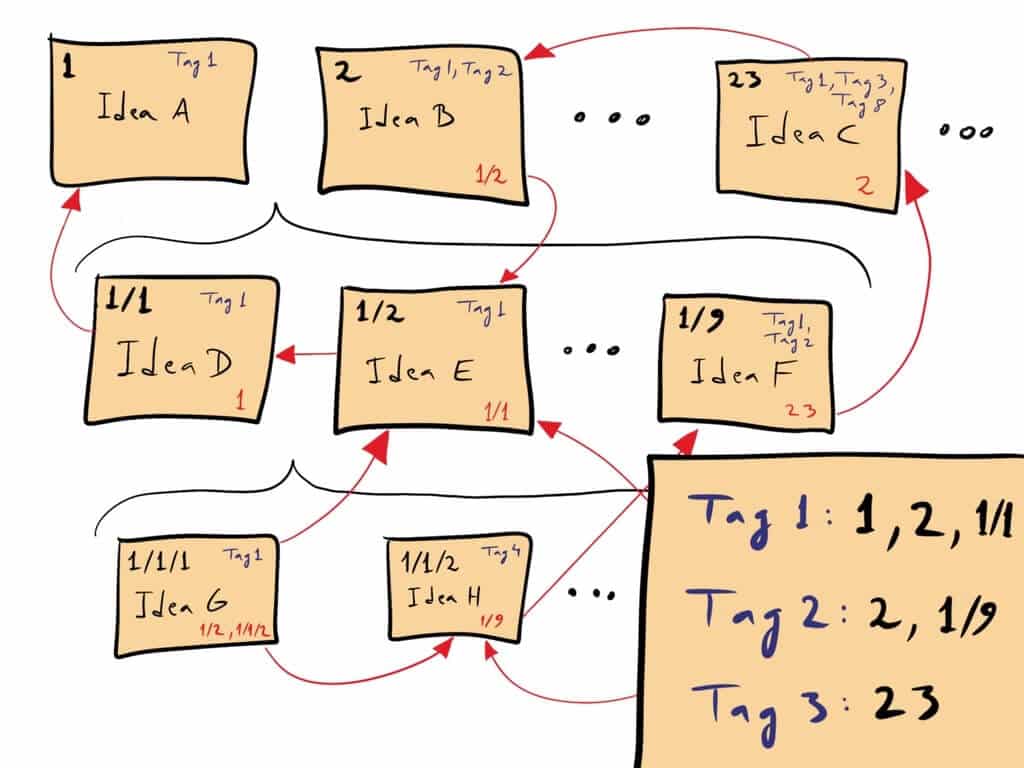
The idea behind LYT is simple. Instead of taking assorted, isolated notes — think scribbling to-dos on crumpled post-it notes only to forget where you put them 10 minutes later — you link each insight, concept, idea, and thought to associated notes in your note-taking system.
“Wait… that sounds familiar. 🤔”
Sure it does. Linkability — the practice of connecting bits of information using hyperlinks — is a hot topic in the PKM space. Linkability is all about creating a web of interconnected ideas and concepts, which makes it easier to understand and remember information.
But there are a few things that make LYT different from other systems out there.
In LYT, connecting is more important than building a huge collection of notes. The reason? You can plug your note-taking system full of interesting insights, but if you can’t connect the dots and figure out how concepts interlock into a wider context, you won’t go very far.

Second, LYT prioritizes bottom-up organization. Instead of creating a set of pre-defined, rigid folders and littering them with notes, relationships between notes emerge organically as you add new elements to the system. Folders, tags, and categories all have their place, but serendipity and discovery are more important than preconceived hierarchies or taxonomies.
Finally, Linking Your Thinking doesn’t come with an expectation that you must create new value on top of the aggregated knowledge. While you can use the system to prop up your own work, collecting knowledge and learning new things is the ultimate reward. LYT serves as a place to think and reflect where you can sip knowledge like a glass of fine Bordeaux.
🧠 How to Link Your Thinking for Better Learning and Retention
💡 A small disclaimer: Most of the information in this section is for more advanced note-takers. If you’re new to LYT, simply focus on taking notes! Once you’ve collected at least 100 notes, you can start organizing them using the techniques we describe below.
“So, Where Do I Keep My LYT Notes?”
Over the course of his career, Luhmann’s Zettelkasten had grown to 90,000 index cards, each filled with notes and quotations that’d help him develop his social systems theory. Luhmann kept that massive collection in his office, filed in a series of custom-made cabinets.
While impressive, analog index cards are hardly practical. The good news is you can build your LYT setup in one of many popular note-taking apps, as long as it checks these boxes.
- 🔗 Support for internal links / backlinks for connecting notes
- 🗂️ Organizational structure including #tags and folders (optional)
- 🔠 Basic formatting options (headings, underlines, highlights, etc.)
- 🔎 A search feature with the ability to search inside notes
- 👩💻 Multi-device support with reliable synchronization
While Nick uses Obsidian for his LYT system, there are dozens of powerful Obsidian alternatives you can use for the job (wink, wink Taskade!). But we’ll get to that in a bit.
And now for the fun part. 🥳
Note: A Container of Thoughts
Regardless of how serious you are about collecting knowledge, effective learning usually comes down to the humble note. That’s why Nick calls notes “containers of thought,” vessels used for storing pieces of information that resonate with you, the note-taker.
In LYT, notes can include quotes, book excerpts, hyperlinks to external sources, definitions of key terms, personal reflections or insights, images or multimedia, statistical data, questions and prompts for further reflection, and most importantly, links.
Apart from the content itself, your note should include a top-link that leads to a higher-level, parent note, and backlinks pointing to other similar concepts that somehow complete, support, or contradict the original note. Depending on the type of the note, you may also add #hashtags and creation / last edit date to create a context for the note.
Here’s what it should look like:
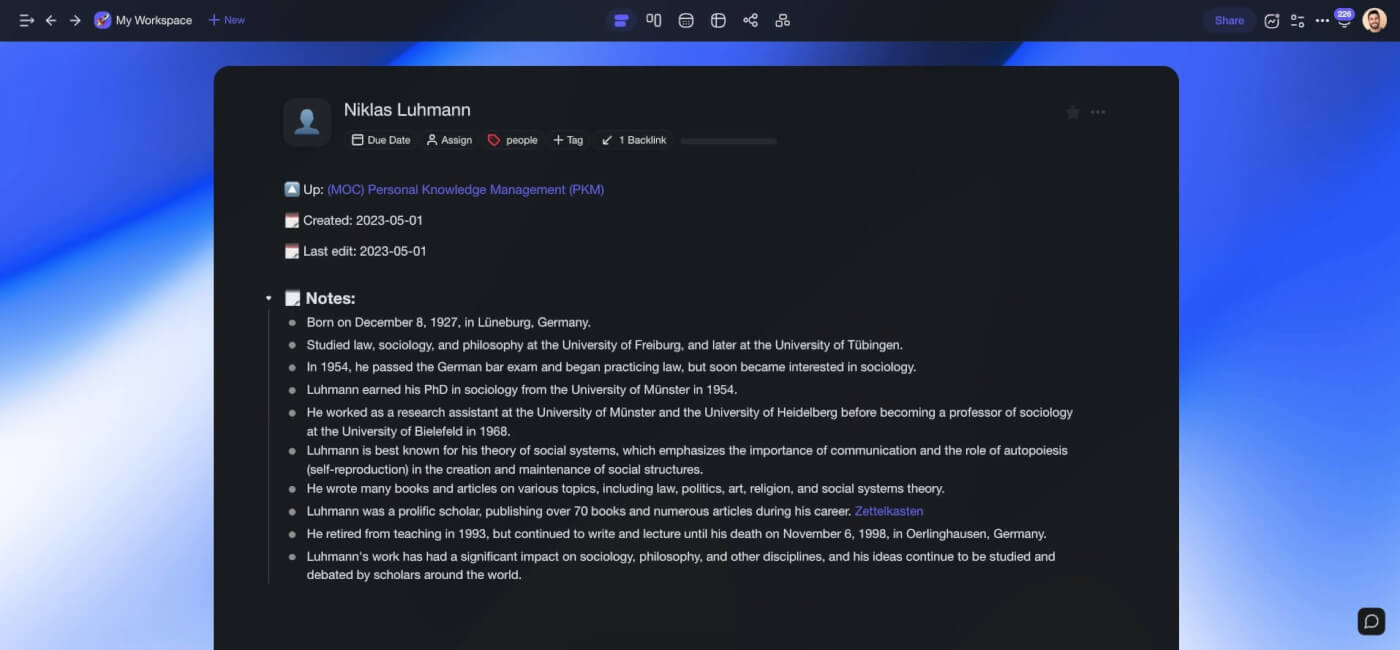
Links Between Notes
Once you have a few notes in place, you may be tempted to dump them into a set of folders to keep things organized. But LYT requires a different approach. Instead of forcing an artificial structure on your fledgling collection, leave the notes in the wild.
At first, this may sound counterintuitive. After all, isn’t a note-taking system meant to create structure? That’s a valid question, but in LYT, the structure should emerge organically.
When you write something done, you shouldn’t desperately try to find a perfect match for a note when nothing in your collection fits the bill. Let your ideas flow freely and flesh out relationships between notes as they arise and only when you need to.
“So what if a note does have a match?”
Start by adding an “Up:” section at the top of your note and link it to the most relevant higher-order note. For example, a note on “Python Lists” could have an “Up: Programming Concepts” link leading to a note on general programming concepts, and so on. If you want to link to a note that’s on a similar level, include links in the text or at the bottom of the note.
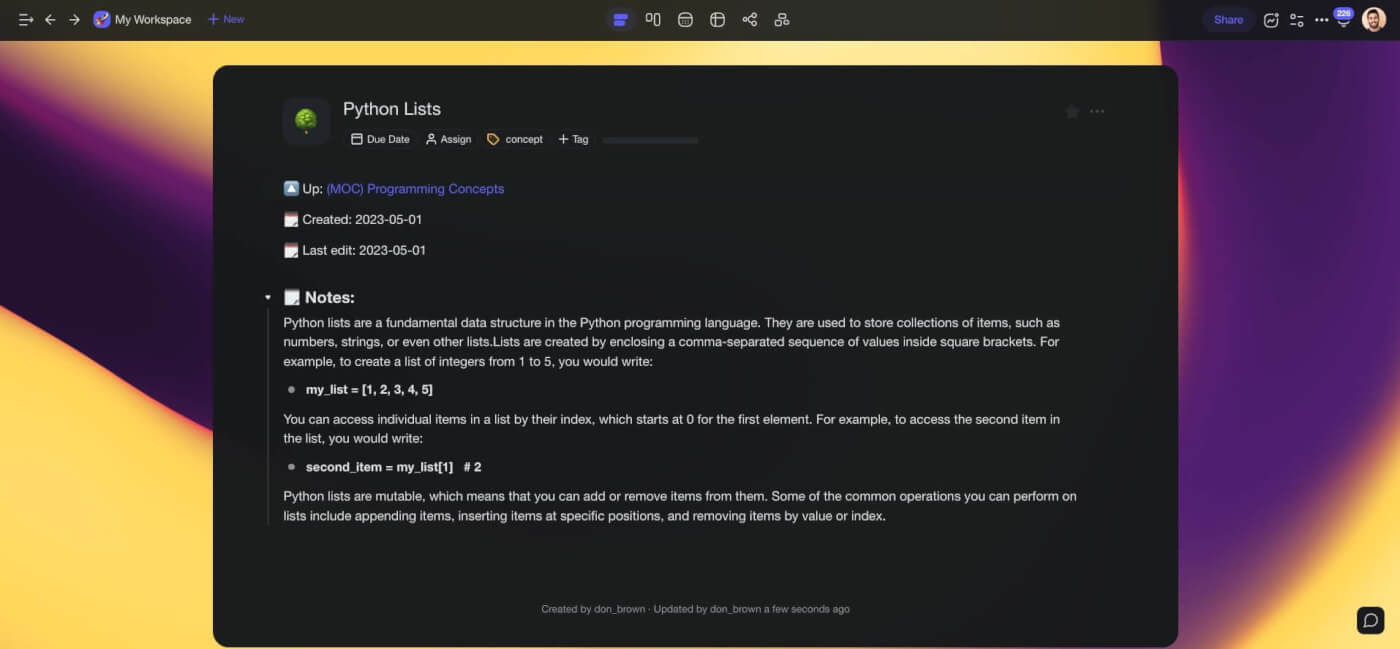
MOCs (Maps of Content): Note Clusters
Here’s where LYT gets really interesting.
Let’s say you have 30 notes on the topic of “Effective Study Habits.” At this point, browsing a large database note by note to find a piece of information doesn’t make much sense.
Linking Your Thinking groups notes together using Maps of Content (MOCs). MOCs are what Nick calls “higher-order notes” — intermediate index pages that mostly include links to other notes. Their purpose is to “map” the contents of a specific cluster in your LYT system.
In this case, the Map of Content for “Effective Study Habits” could include the following links:
- 🍅 The Pomodoro Technique
- 🗓️ Creating a Study Schedule
- ⏲️ The Importance of Taking Breaks
- ✏️ Note-Taking Strategies
- 🧠 The Science of Memory
- …
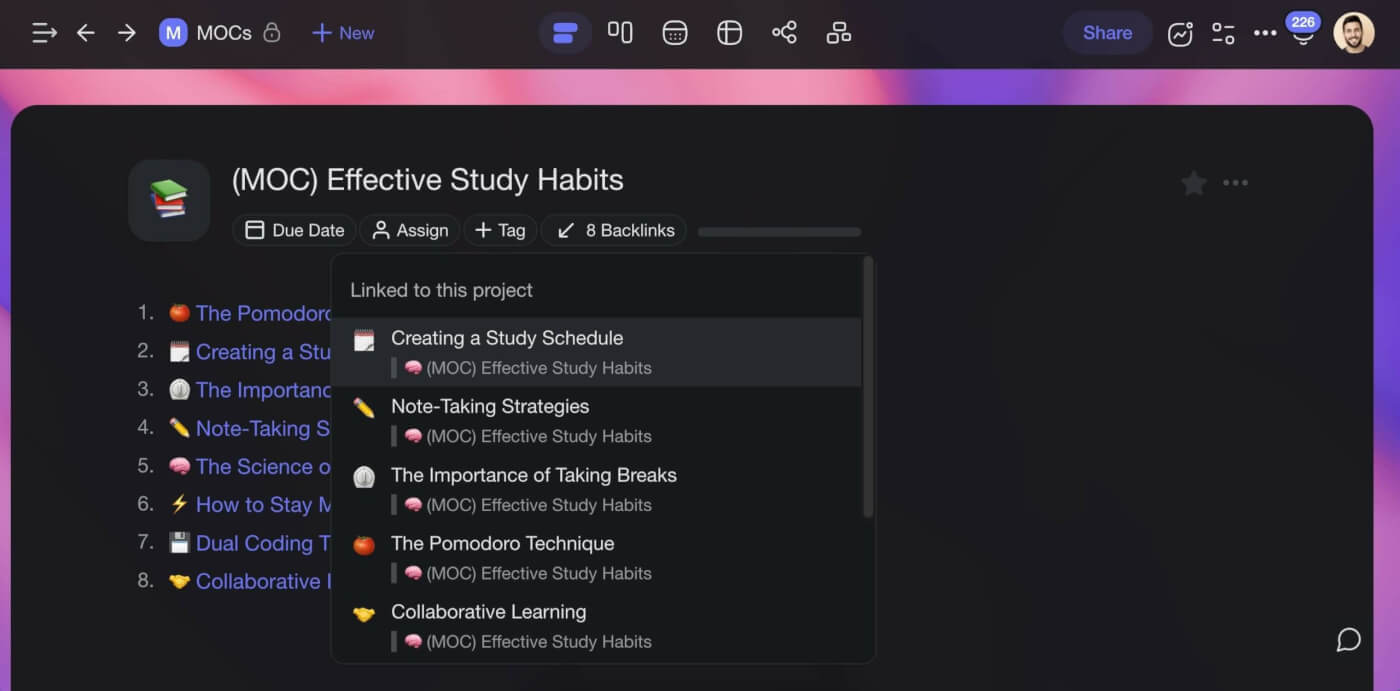
MOCs give you a dedicated space to cluster notes without affecting individual entries — when you delete a MOC, you only delete the overlay and not the content itself. Of course, a note linked in a MOC can also be linked elsewhere, which takes us to another key concept.
The Home Note: All Roads Lead to Rome
A Home note is essentially the central hub or index page that aggregates all your MOCs (Maps of Content) in one place. It provides an organized and easy-to-navigate overview of your MOCs and serves as a starting point for knowledge discovery.
Creating a Home Note can be done in a few simple steps. First, you’ll need a few more MOCs. Let’s say you have MOCs for a “Home Renovation Project,” “The Philosophy of Ancient Greece,” and “Fitness and Nutrition Advice.” You need to link each of those MOCs in the Home note and add top-links inside MOCs that will lead back to it.
As you add more detail to your Home Note, You may want to segment the linked MOCs into more granular categories using subheadings and bullet points. This way, you’ll leverage the hierarchy that has emerged organically in the process.
✨ Tips for Implementing Linking Your Thinking
Focus on Taking Notes (Seriously)
If you’ve been playing the productivity game long enough, you may feel pressure to link all of your notes together in a perfectly organized system. But before you can tend to your digital garden (we have a soft spot for fancy metaphors), you need to plan some shrubs.
So, take a step back from your note-taking routine and write things down without worrying about structure. Once your collection becomes too difficult to manage, you’ll reach what Nick calls a “mental squeeze point.” This is a point where you may start segmenting your scribblings using higher-level, flexible structures like Maps of Content and a Home note.
Remember — linking Your Thinking is more than just a chore to check off your to-do list. It’s a way of thinking and approaching problems that can help you acquire knowledge, expand your creativity, and gain a deeper understanding of the world around you.
Build the Right Habits
A 2006 study by Duke University found that 40% of our daily actions are habits rather than conscious decisions. You should approach LYT, or note-taking in general, in the same way.
Having your note-taking tool always within reach can help to cultivate a habit of taking notes regularly, and not just when you feel like it. Treat your LYT setup as a single source of truth (SSOT) — the only, definite version of your notes (not counting backups).
- 📚 Take notes from books and articles.
- 🎤 Extract knowledge from podcasts and YouTube videos.
- 💬 Transcribe conversations during meetings and conferences.
- 💡 Keep track of facts, dates, and concepts from classes and courses.
- 🗺️ Create a written record of your travels and adventures.
You’re in this for the long haul. Build your note-taking routine gradually alongside your LYT system — keep all your notes in one place, regularly review your MOCs to refine tagging and linking strategies, and keep adding to your knowledge base as you go along.
Experiment and Enjoy the Process
Unlike Zettelkasten and Building a Second Brain, Linking Your Thinking is much more flexible in terms of how you capture, organize, and curate your notes.
Your notes are a reflection of your unique thought process, so don’t be afraid to experiment and embrace your quirks and idiosyncrasies. Sometimes the most effective notes are the ones that are messy and disorganized but still capture the essence of the information.
As long as you can understand what you’ve written, that’s all that matters. So, allow yourself the freedom to express your ideas in a way that feels natural, and don’t look back.
How to Link Your Thinking With Taskade
Are you looking for an Obsidian alternative that would give you free, real-time cloud synchronization and built-in AI features? Then Taskade is the only tool you need. This section will teach you how to take connected notes in Taskade and build your LYT setup in no time.
Step 1: Set Up Your LYT System
In Taskade, everything starts with a workspace, this is where you’ll keep all your notes and MOCs. A workspace can contain an unlimited number of projects, each representing one note.
To get started, click the ➕ button in the navigation pane on the left. Next, choose a name, pick one of the color themes, and select an icon that will represent the new workspace.
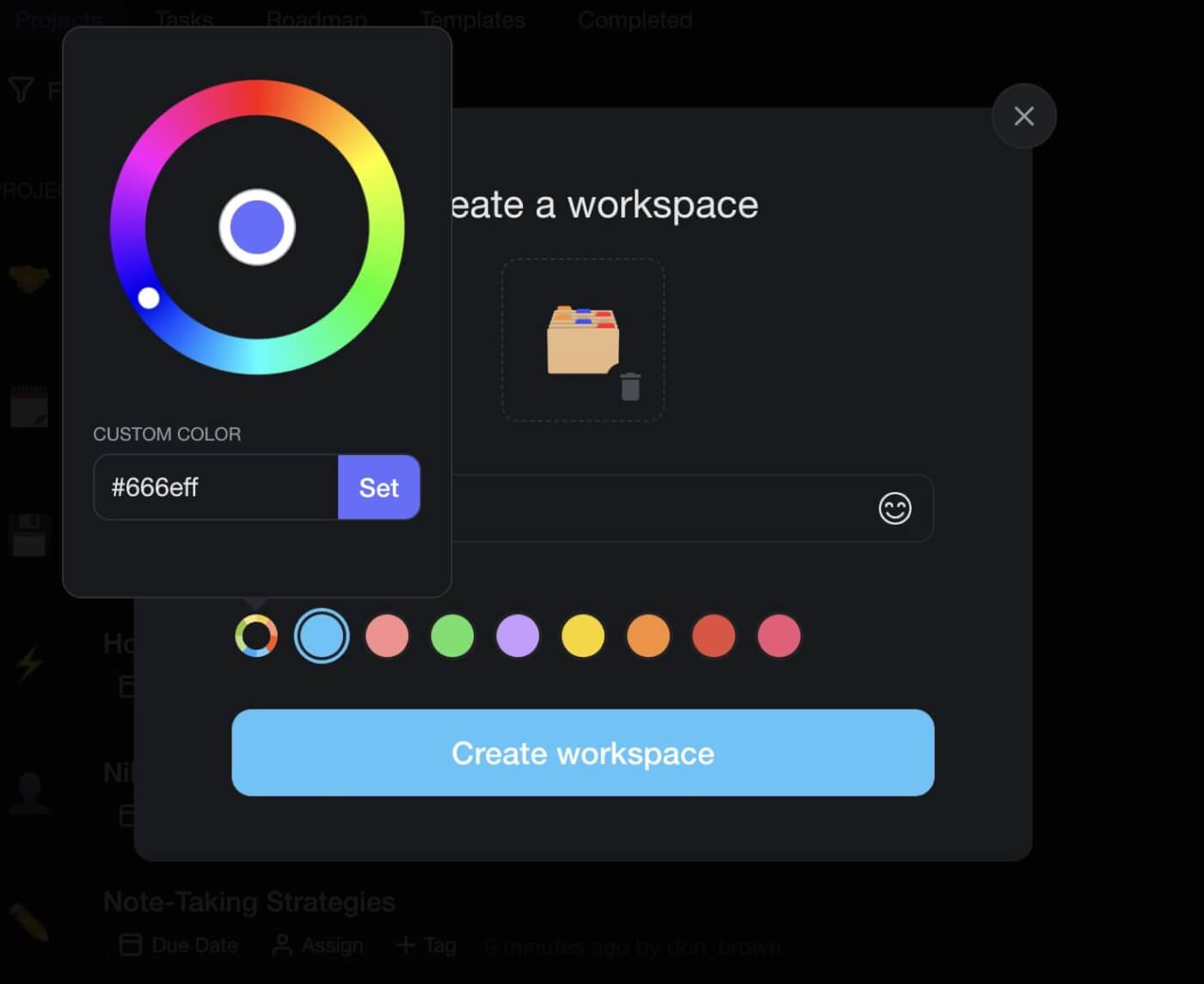
If you don’t want to keep all your notes in the Home space of your workspace, you can also create a dedicated folder to manage your entire LYT system. This isn’t required, but Taskade lets you link notes across different spaces so you can still cluster notes any way you like.
Step 2: Start Taking Notes
Whenever you want to add new notes to your system, simply create a new project and choose a relevant title. You can either start from scratch or use one of the hundreds of customizable tables available in the navigation pan on the left.
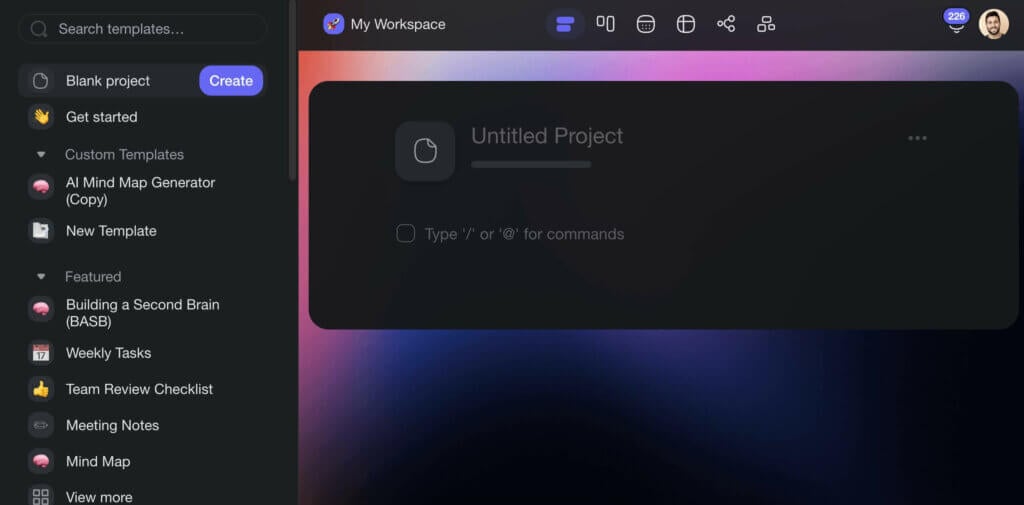
Taskade is an outliner at heart which means that you can easily create a hierarchical structure for your ideas on the note level. Outlining makes it super easy to break down complex concepts into smaller parts, and then connect them together in a logical way.
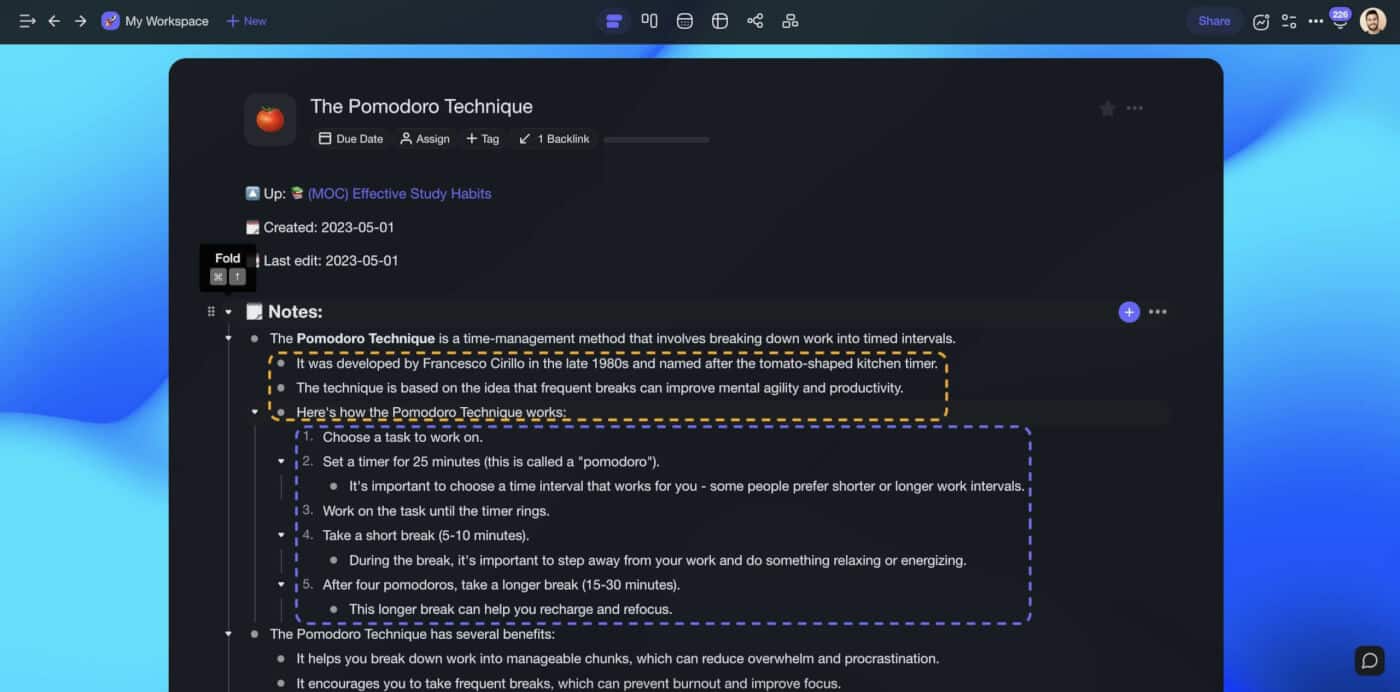
Don’t want to type things down?
You can use the browser extensions to save web pages, articles, and other online content with just a few clicks or taps. For example, if you stumble across a blog post that inspires a new idea for a project or task, the mobile can instantly save the article directly into your notes folder.
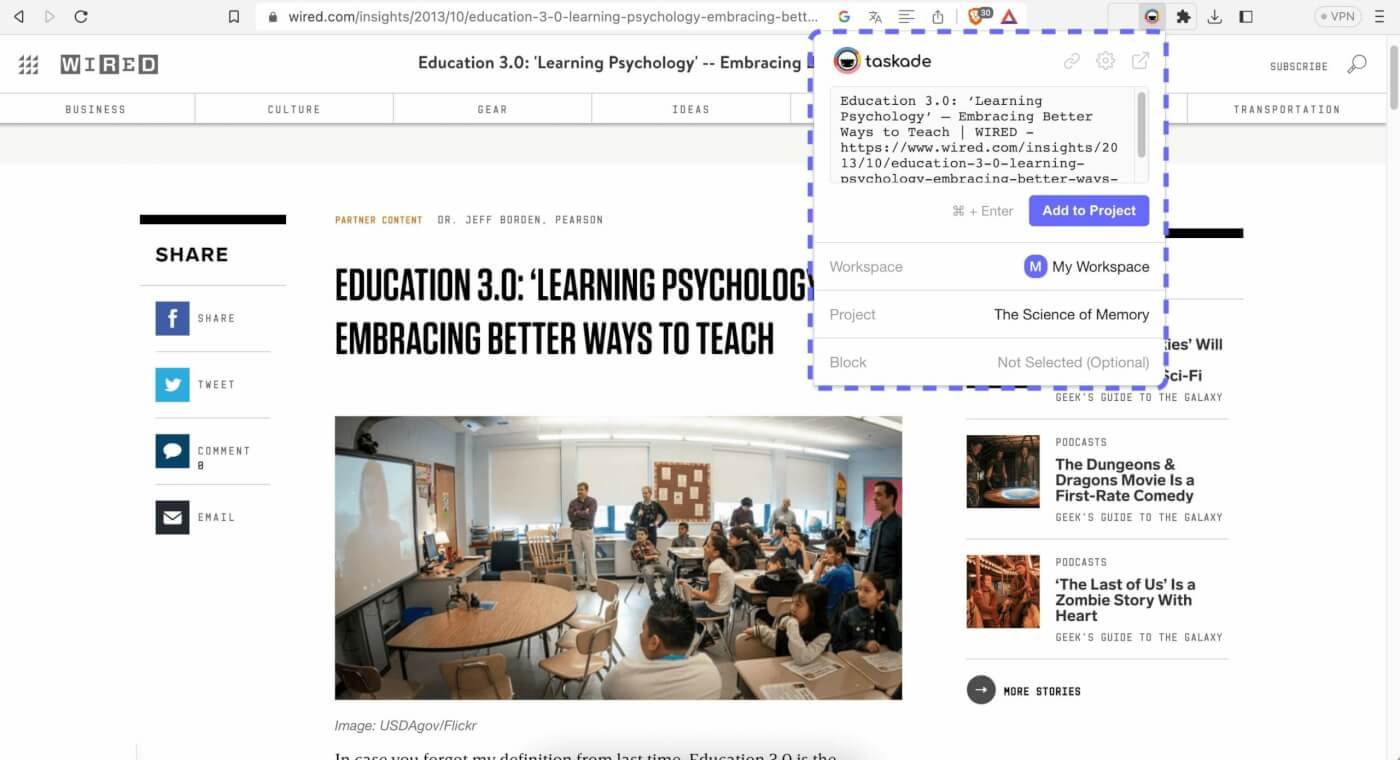
Step 3: Create Links
Linking notes in Taskade happens on several levels.
You can manually copy a link to a note from the list of projects and paste it to another note or simply type @ + the title of the target note to quickly connect notes without leaving the project. This is the method that you’re going to use most of the time.
[Taskade screenshot]

Finally, Taskade allows you to create links that point to individual nodes or blocks in a note. For instance, in a general note on the human circulatory system, you may have links that point to a specific section in another note that discusses the function of the heart.
To do that, select the target block, click the three dots on the right, and choose 🔗 Copy link.
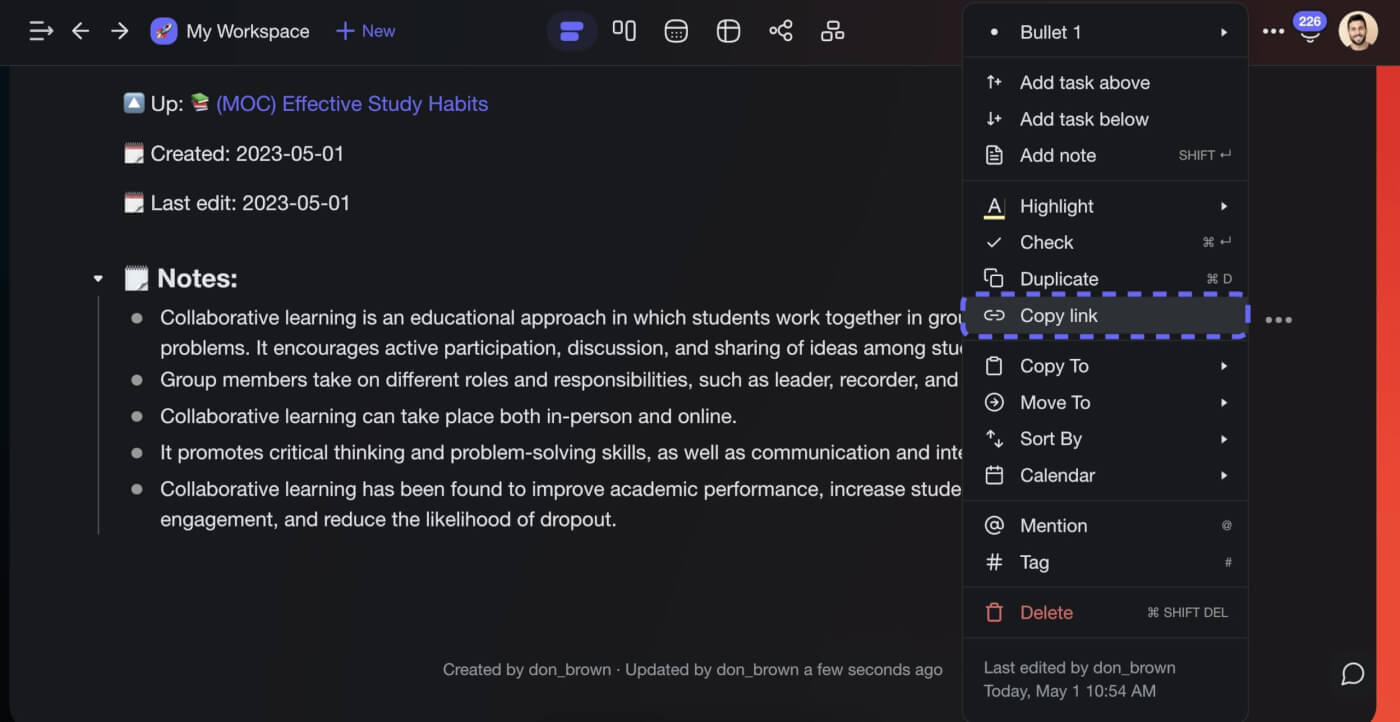
Let’s keep things organized and follow Nick’s recommended linking structure. In each note, we’ll include a top-link that leads to a higher-level parent note, and a few backlinks to other similar concepts that can complete, support, or contradict the ideas from the original note.
Step 4: Build Maps of Content (MOCs)
With several related notes in your system, you may discern some emerging patterns. These fledgling patterns are organic connections that will become the foundation for new MOCs.
In your main workspace, create a new folder and name it “Maps of Content” or any other name that you prefer. This folder will serve as a collection of all your MOCs and give you a handy overview of how individual notes are connected.
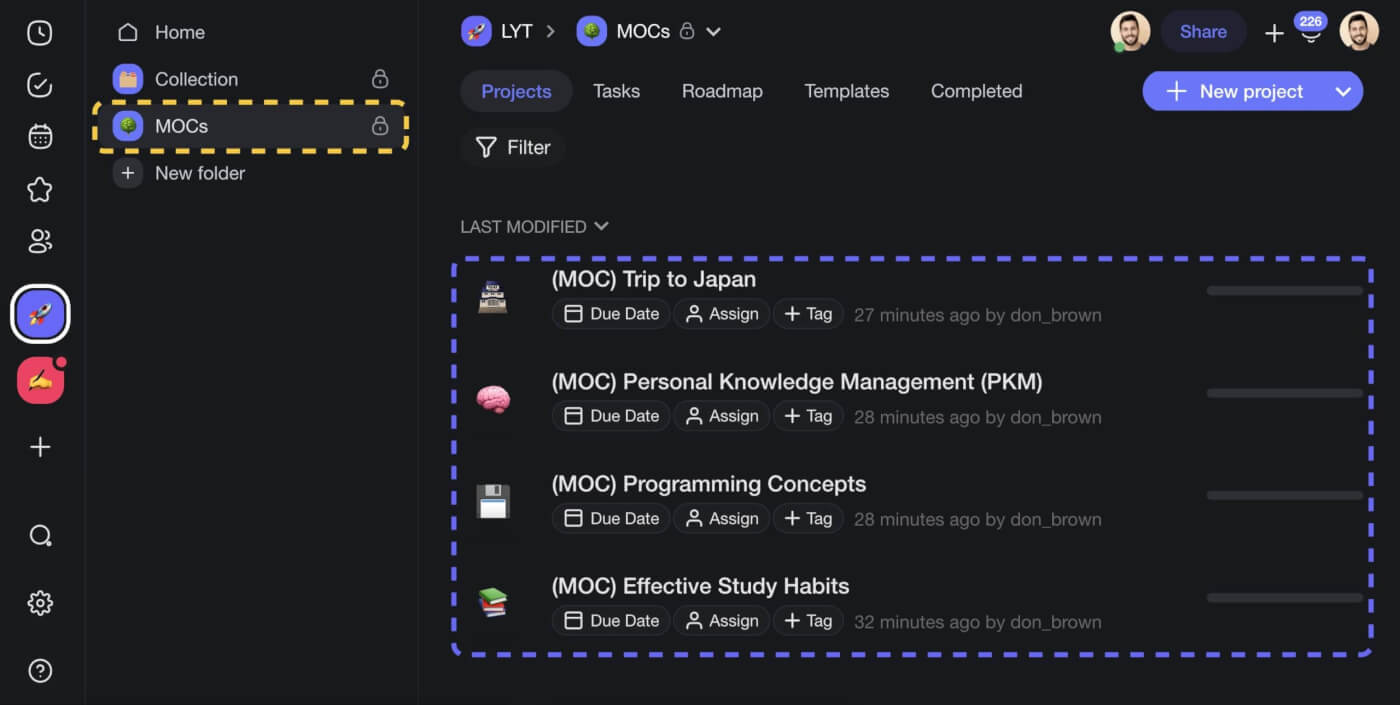
For example, you can create a MOC for an upcoming trip to Japan. First, add a new project titled “Japan Trip” in the folder you just created — this is your Map of Content. Inside the MOC, use the @mention feature to link all relevant notes — select the notes that discuss your travel plans, such as flight information, hotel reservations, and tourist attractions you plan to visit.
This note will serve as a jumping-off point for further exploration. The next time you want to check on your preparations, simply open the MOC and follow the breadcrumbs.
Step 5: Create Your “Home” Note
As your LYT collection grows, you’ll want to add one more higher-level note to keep everything organized. Create a “Home” project in your main workspace or the MOC folder and link the individual MOCs you’ve created in the same way you linked notes in a MOC.
When done, pin the project to the top so you can easily find it.
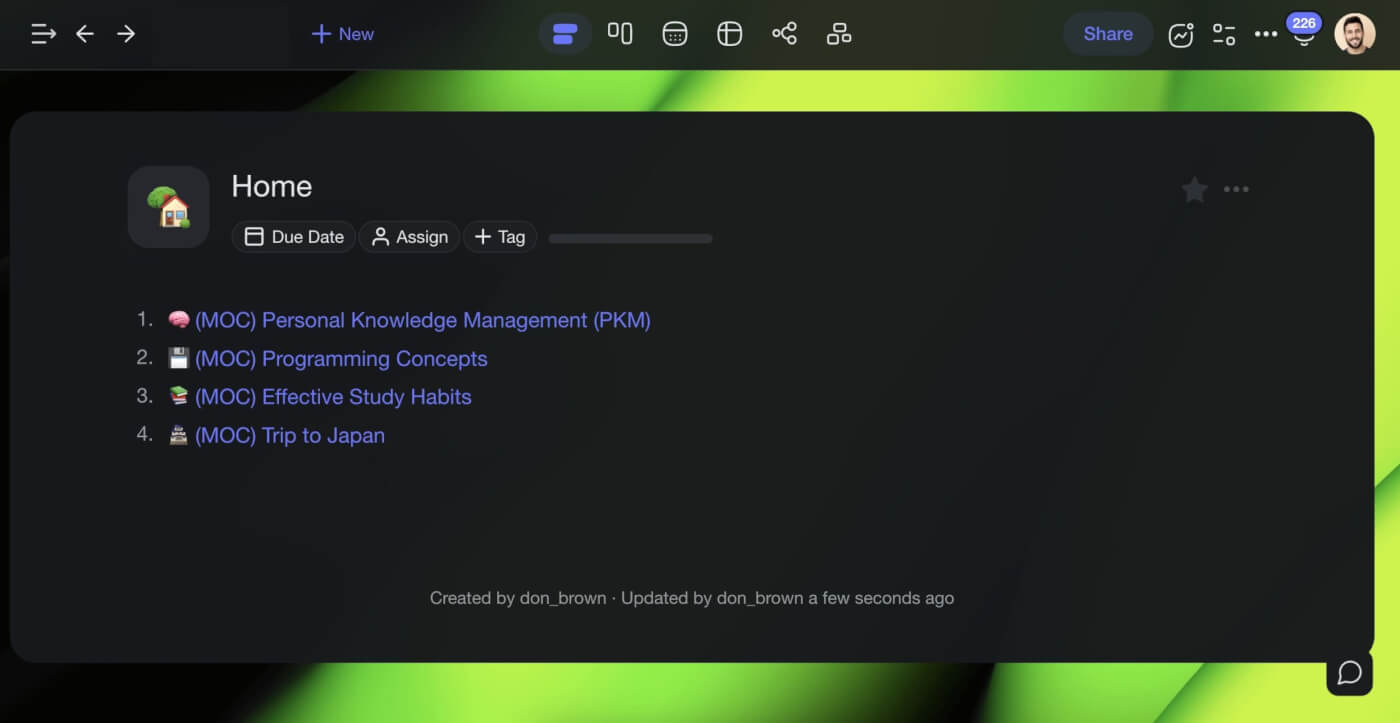
Step 6: Make Your Notes Smarter!
People have been taking notes for thousands of years, and for the most part, it’s been a rather solitary endeavor. But what if you could have a note-taking partner that would not only help you capture ideas into your LYT system but also rewrite and organize them?
Taskade AI is a writing assistant that lives inside the project space that can do just that! 🤖
Whenever you capture a new note, you can use Taskade AI to expand on what you’ve already written, suggest other topics you may want to explore next, and even provide additional context including facts, dates, and other relevant information.
For example, if you’re building a large MOC on personal finance, Taskade AI can suggest related financial topics to explore next, such as retirement planning or debt management.
All you need to do is ask the right questions. 🧐
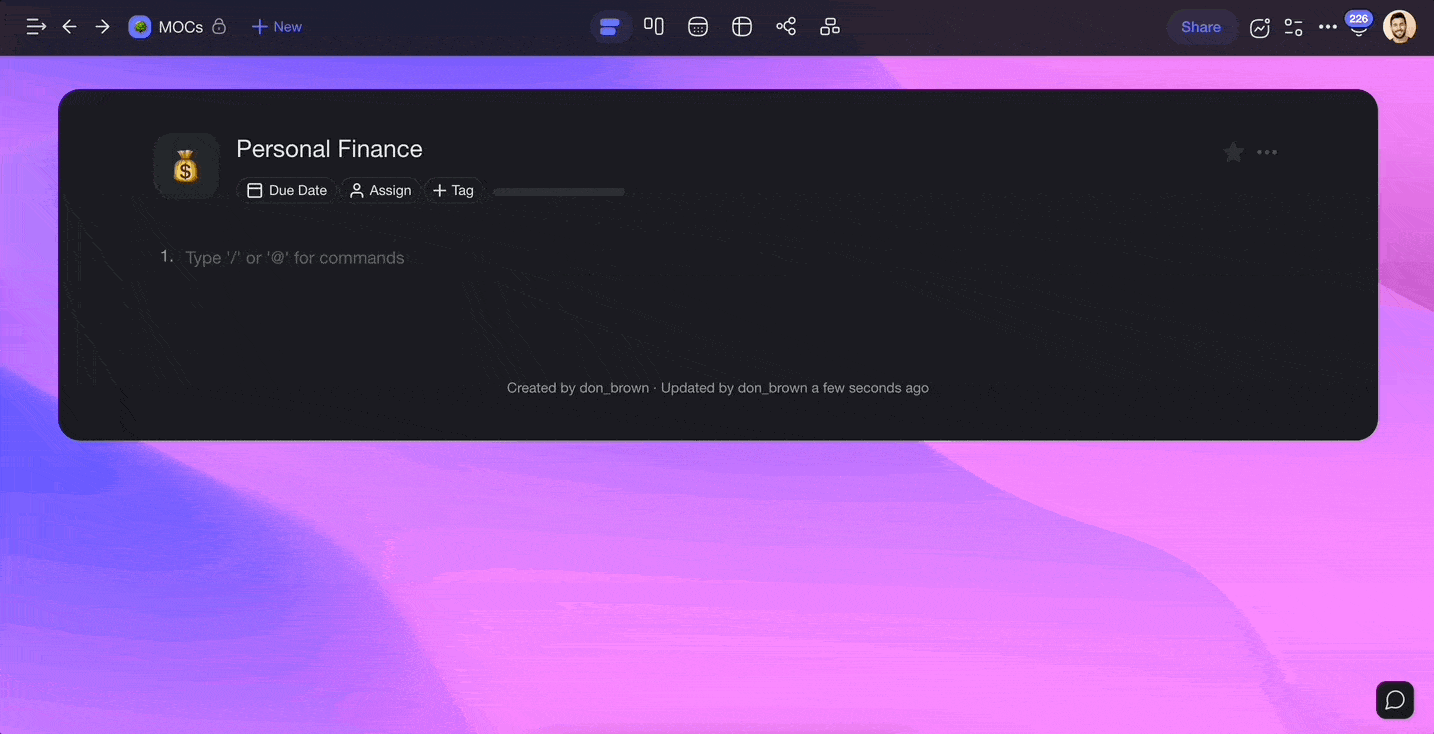
You can also ask Taskade AI to clarify confusing or ambiguous information that you’ve captured, summarize notes to flesh out key ideas, and even translate them into your language.
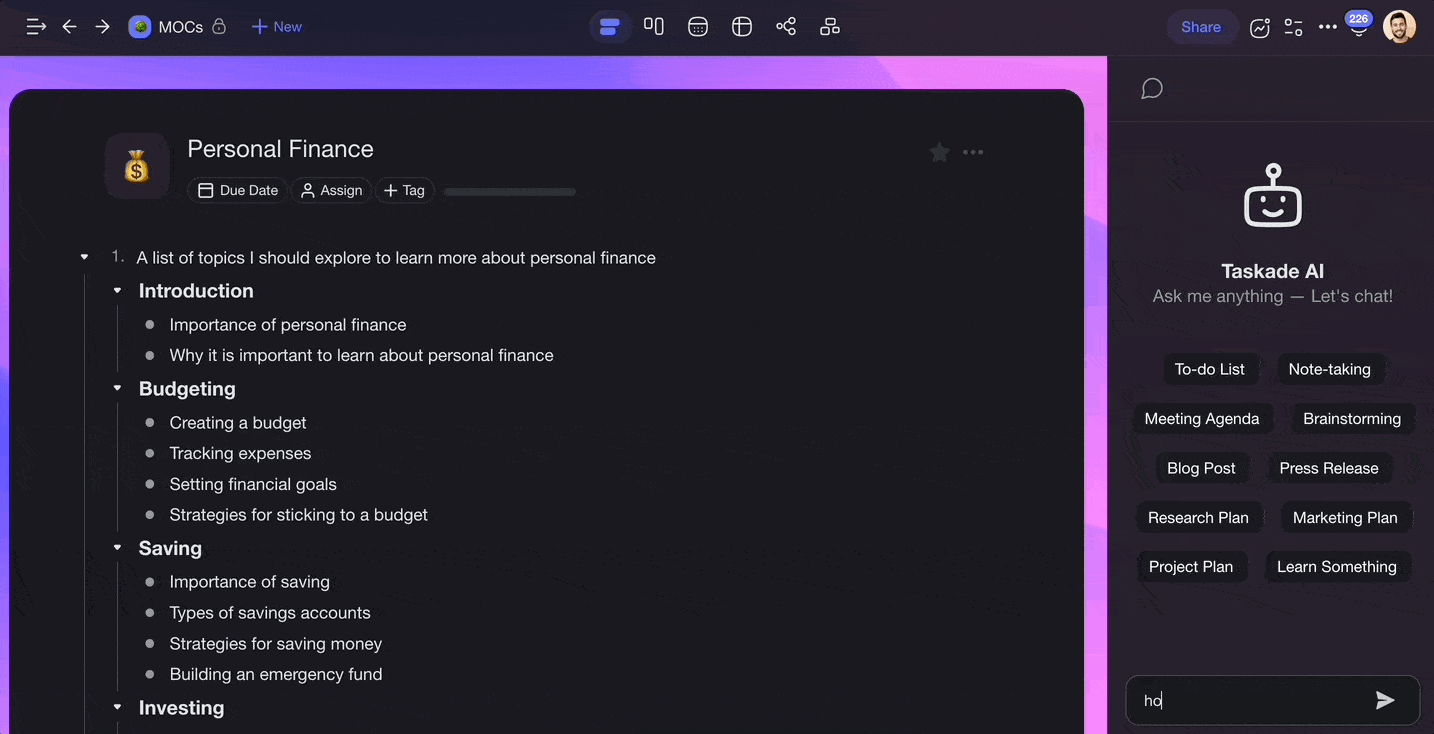
Taskade AI is an excellent tool for any workflow. You can even use it in writing, planning, and even mind mapping to generate spanning tree structures in seconds.
Want to learn more? Visit our Help Center to check how Taskade AI can help you boost your memory, improve critical thinking, and supercharge your note-taking workflow.
🧐 What’s the Future of Connected Notes?
Artificial intelligence has changed the way we work and communicate with each other. Now it’s also changing the way we capture, organize, and connect information. So, what does that mean for systems like LYT, Zettelkasten, and BASB? While we can’t predict the future, there are a few directions that are already gaining popularity in the PKM community.
- 🌳 Semantic understanding and intelligent linking: Imagine you’re using a note-taking app to capture ideas and insights during a brainstorming session with your team. As you take notes, AI analyzes the content of your notes and identifies key concepts, such as potential marketing strategies, product features, and customer feedback. It then automatically creates links between notes so you can easily navigate your system.
- ⭐️ Collaborative filtering and recommendation: Let’s say you’re building a collaborative second brain, a digital repository of shared knowledge curated by your team. AI can analyze each team member’s role, past searchers, and expertise to suggest relevant resources so they don’t have to waste time looking for them.
- 🔎 Topic modeling and summarization: Reading through technical documents, business reports, or scientific articles takes time and skill. But what if you could ask AI to “read” the article for you and summarize long-form content in easily digestible bullet points? For example, AI could analyze a research paper on genetics and identify key topics such as gene sequencing, epigenetics, and CRISPR. It could then generate a summary or abstract of each topic and could quickly add to your notes.
But we’re not just dreaming about the future of AI-powered note-taking — we’re bringing it to life. Our team is already working hard on these and other cutting-edge AI features and enhancements, so keep an eye out for some exciting updates in the coming months!
👋 Parting Words
At a glance, Linking Your Thinking seems to be copying extensively from other similar strategies that came before it. And it does just that, but that’s not necessarily a bad thing. Instead of reinventing the wheel, LYT borrows some of the best ideas from other note-taking methods like BASB and Zettelkasten, and blends them together into a satisfying experience.
If you just want to enjoy the process of knowledge discovery and learning new things, LYT can be a refreshing and liberating strategy. It’s like going on a road trip without a set destination — you never know where you’ll end up, but the journey is always exciting.
Are you ready to take your note-taking to the next level?
🤖 Custom AI Agents: Automate routine tasks and set up intelligent workflows for your personal and business projects with teams of smart agents.
🪄 AI Generator: Generate to-do lists, project plans, and schedules that adapt to your working style, all based on natural-language descriptions.
✏️ AI Assistant: Enhance your workflow with suggestions for task prioritization, content generation, and summarizing long documents.
🗂️ AI Prompt Templates Library: Tap into a vast catalog of AI prompts to structure your day, manage tasks, and keep track of your goals.
And much more…




 What Is an SOP Generator and Why Your Business Needs One
What Is an SOP Generator and Why Your Business Needs One 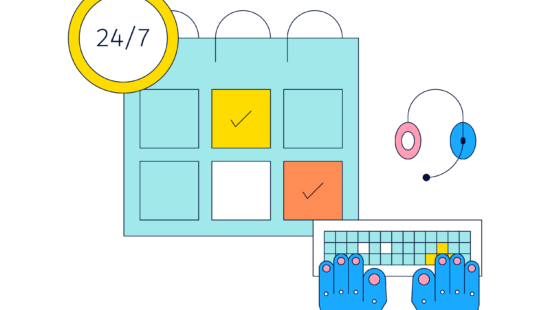 The Best Evernote Alternatives for Your Note-Taking Needs in 2025
The Best Evernote Alternatives for Your Note-Taking Needs in 2025 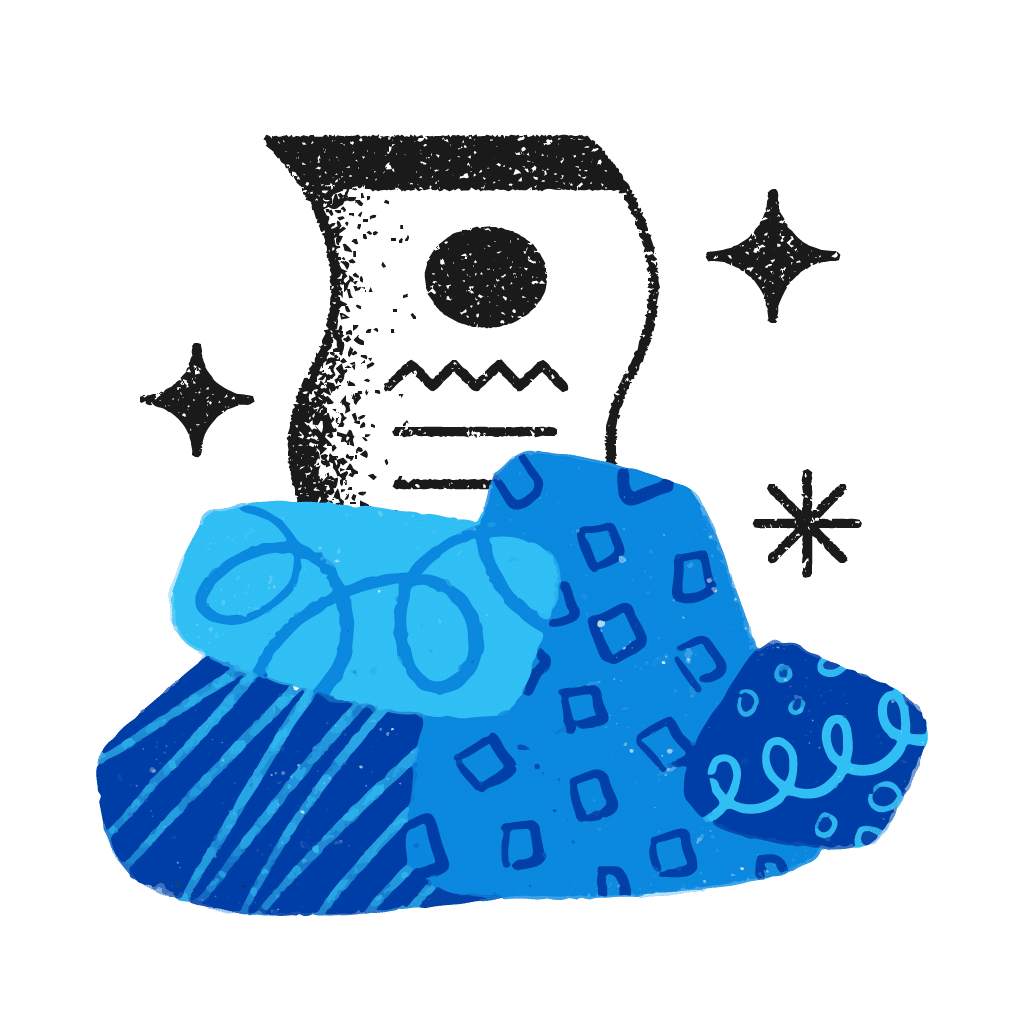 10 Top AI Tools For Knowledge Management
10 Top AI Tools For Knowledge Management 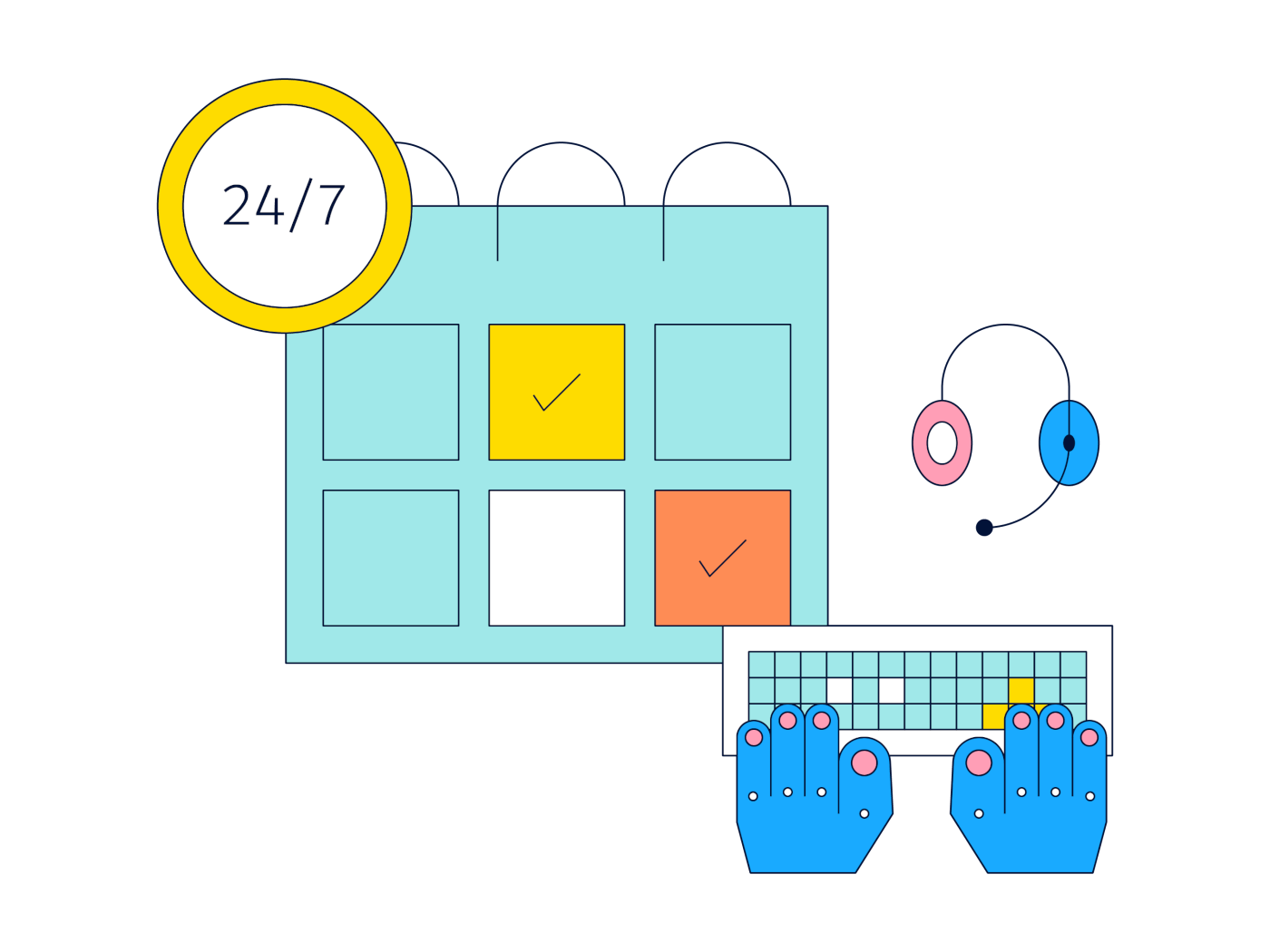 8 Top AI Note-Taking Apps in 2024: Research, Outline, and Think Faster
8 Top AI Note-Taking Apps in 2024: Research, Outline, and Think Faster  How AI Can Help You Build A Second Brain in 2024: Revolutionizing Knowledge Management
How AI Can Help You Build A Second Brain in 2024: Revolutionizing Knowledge Management 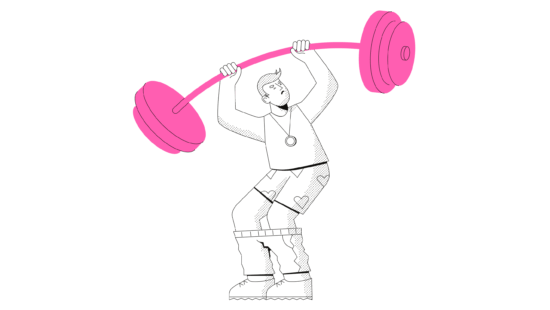 The PARA Method: Get More Done With This Productivity Framework for Organizing Your Life
The PARA Method: Get More Done With This Productivity Framework for Organizing Your Life